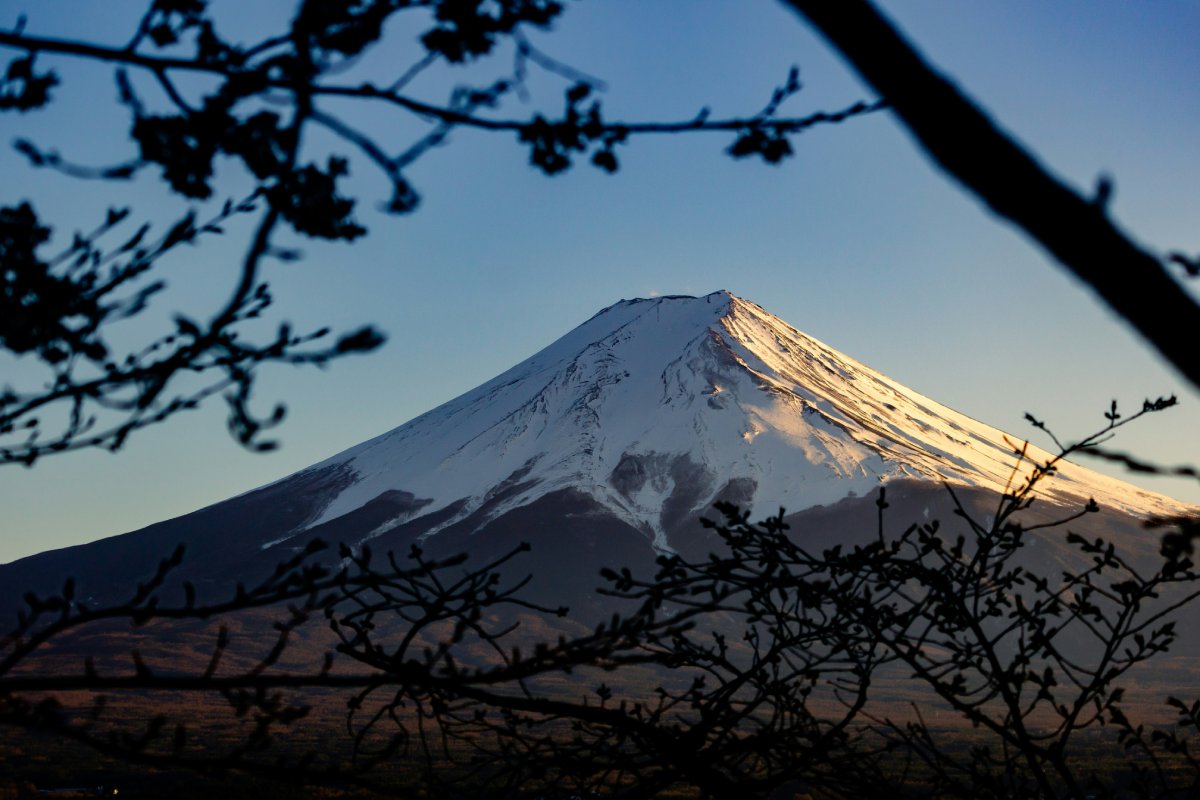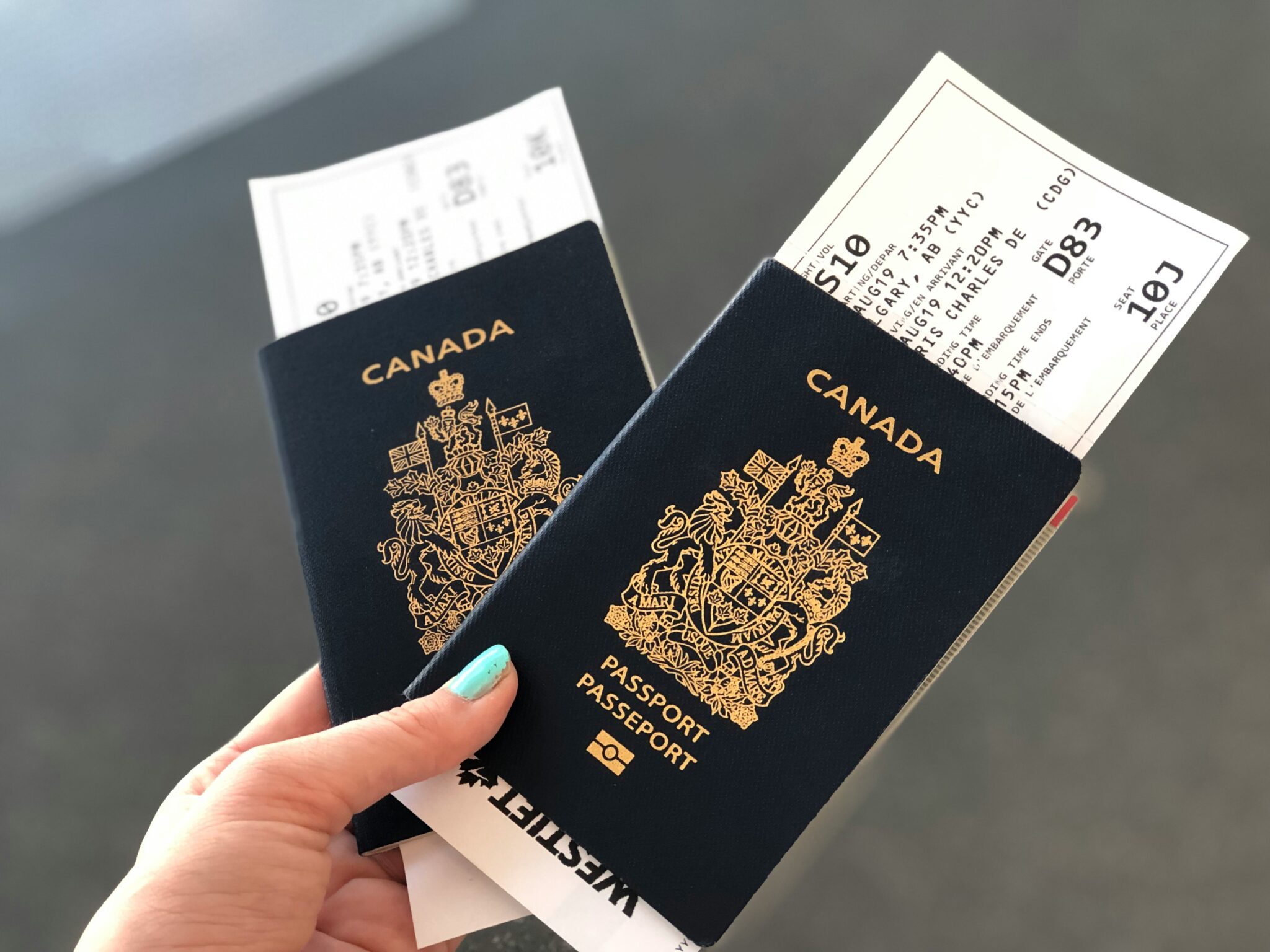Japan to Introduce U.S.-Style Electronic Travel Authorization: 71 Nations Affected

Skift Take
Japan has been known for its easy entry policy for travelers from 71 visa-exempt countries, including the U.S., U.K., Australia, Canada, Singapore, and France. But that’s about to change.
The Japanese government plans to increase scrutiny for passengers from these nations before they land by introducing a new online travel authorization system by 2030.
According to the Immigration Services Agency, Japan had over 79,000 illegal overstayers by January, which is about 20,000 more than a decade ago. Nearly 63% of these entered the country on short-term visas according to the Japanese government data.
Through the introduction of the Japan Electronic System for Travel Authorization (JESTA), officials hope to improve border security and reduce unauthorized stays.
Japan Electronic Travel Authorization: Key Questions Answered
What is JESTA?
Modeled after the U.S. Electronic System for Travel Authorization (ESTA), visitors coming in from visa-exempt countries to Japan will submit personal and travel information online before their trip. The goal is to screen travelers before they enter Japan, reducing illegal immigration and ensuring compliance with entry regulations.
How will JESTA work?
Visitors from these countries will submit details such as their travel purpose and place of stay before departing for Japan. The Immigration Services Agency will assess this information, and if it flags any travelers as potential overstay risks, the government could deny authorization to enter the country. Travelers would then have to apply for a visa through their local Japanese embassy. By implementing a system similar to the U.S. ESTA, Japan aims to prevent illegal entries before flights arrive.
Who will have to apply for this?
JESTA will apply to travelers from 71 countries, including the U.S., U.K., Australia, Canada, Singapore, France, Hong Kong, Indonesia, Malaysia, New Zealand, Qatar, Taiwan, Thailand, Turkey, and the UAE. Once implemented, these travelers, who currently enjoy relatively hassle-free entry, will need to complete the online authorization process before their trip.
When will the Japanese government implement JESTA?
With research and development already in progress, the Japanese government plans to launch the system by 2030. Japan also aims to welcome 60 million tourists per year, and increase tourist spending to 15 trillion yen ($96 billion) by 2030.
Before implementing the new system, the government will launch a trial phase in which the information of passengers will be screened against a traveler "blacklist." The airlines would be authorized to refuse boarding to individuals who are flagged.
What does this mean for travelers?
JESTA adds an extra step to the travel process, similar to the U.S. ESTA system. Travelers will need to factor in the time required for online authorization when planning trips to Japan in the future.
Japan's Tourism Boom
Japan is experiencing a tourism boom like never before. With a record 35 million foreign visitors expected this year and tourism spending projected to hit an unprecedented eight trillion yen ($51 billion), the country is seeing a surge driven by a weak yen. These figures far surpass the pre-pandemic peak of 31.88 million visitors in 2019.
According to Japan National Tourism Organization (JNTO), the estimated number of international travelers to Japan in June 2024 was 3,135,600, 9% more than 2019, marking the highest number ever recorded. In the first 6 months of 2024, Japan welcomed a total of 17.8 million foreign tourists.





